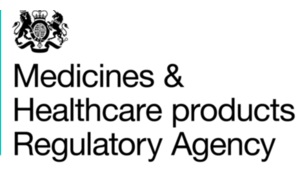
-
25th Oct 2011, 10:14 AM
#3
3. How should changes to a protocol be managed?
There are two types of change: substantial and non-substantial amendments.
In UK SI 2004:1031 a substantial amendment is defined as an amendment to the authorisation which is likely to affect to a significant degree:
a) the safety or physical or mental integrity of the subjects in the trial
b) the scientific value of the trial
c) the conduct or management of the trial
d) the quality or safety of any investigational medicinal product used in the trial.
All substantial amendments to a protocol must be submitted to the Competent Authority and/or (depending on the nature of the amendment) the research ethics committee (REC) for approval prior to implementation of that change. Unless of course the change is an urgent safety measure, in which case the change can be put in place immediately for the safety of the patients, but the MHRA must be notified of this urgent safety measure within three days of it occurring.
Non-substantial amendments to protocols do not need to be submitted to the MHRA or the REC but the legislation requires that a record of the non-substantial amendment is retained and that the Licensing Authority may request these records.
Further guidance is available here: Managing your CTA.
Last edited by MHRA Super Moderator; 25th Oct 2011 at 07:03 PM.
 Posting Permissions
Posting Permissions
- You may not post new threads
- You may not post replies
- You may not post attachments
- You may not edit your posts
-
Forum Rules






